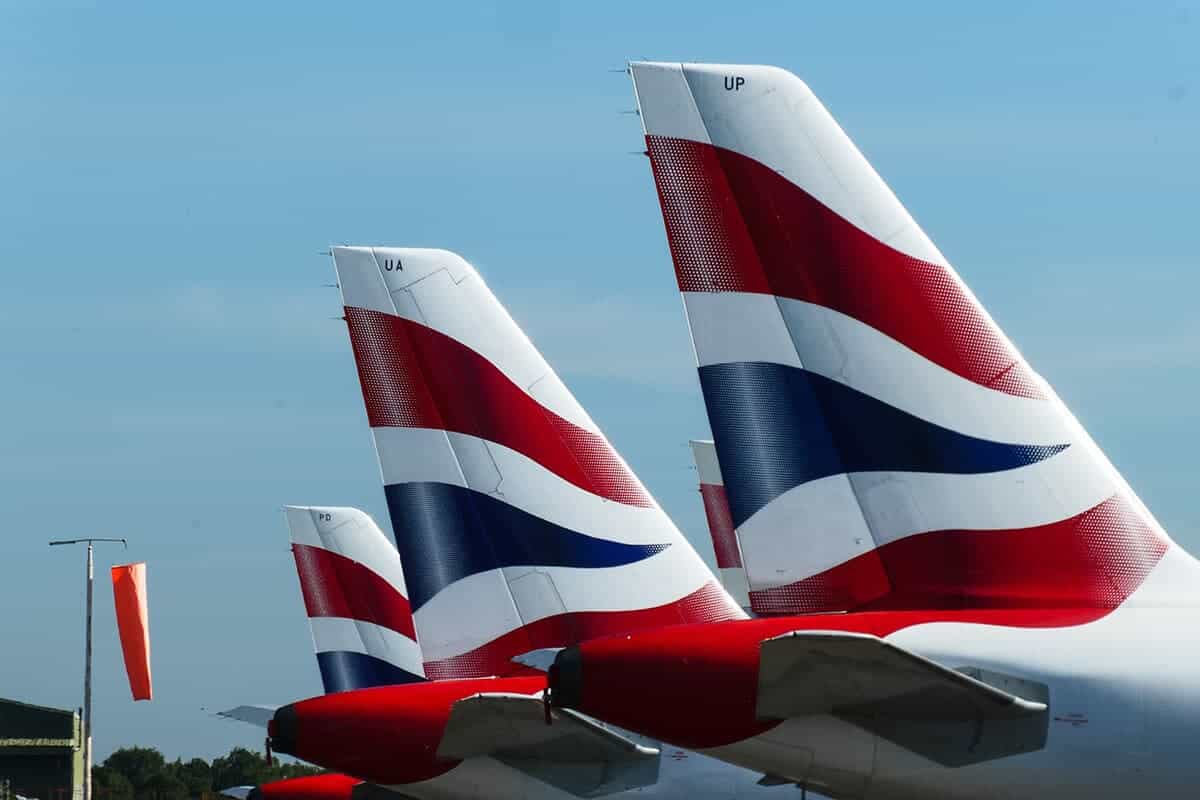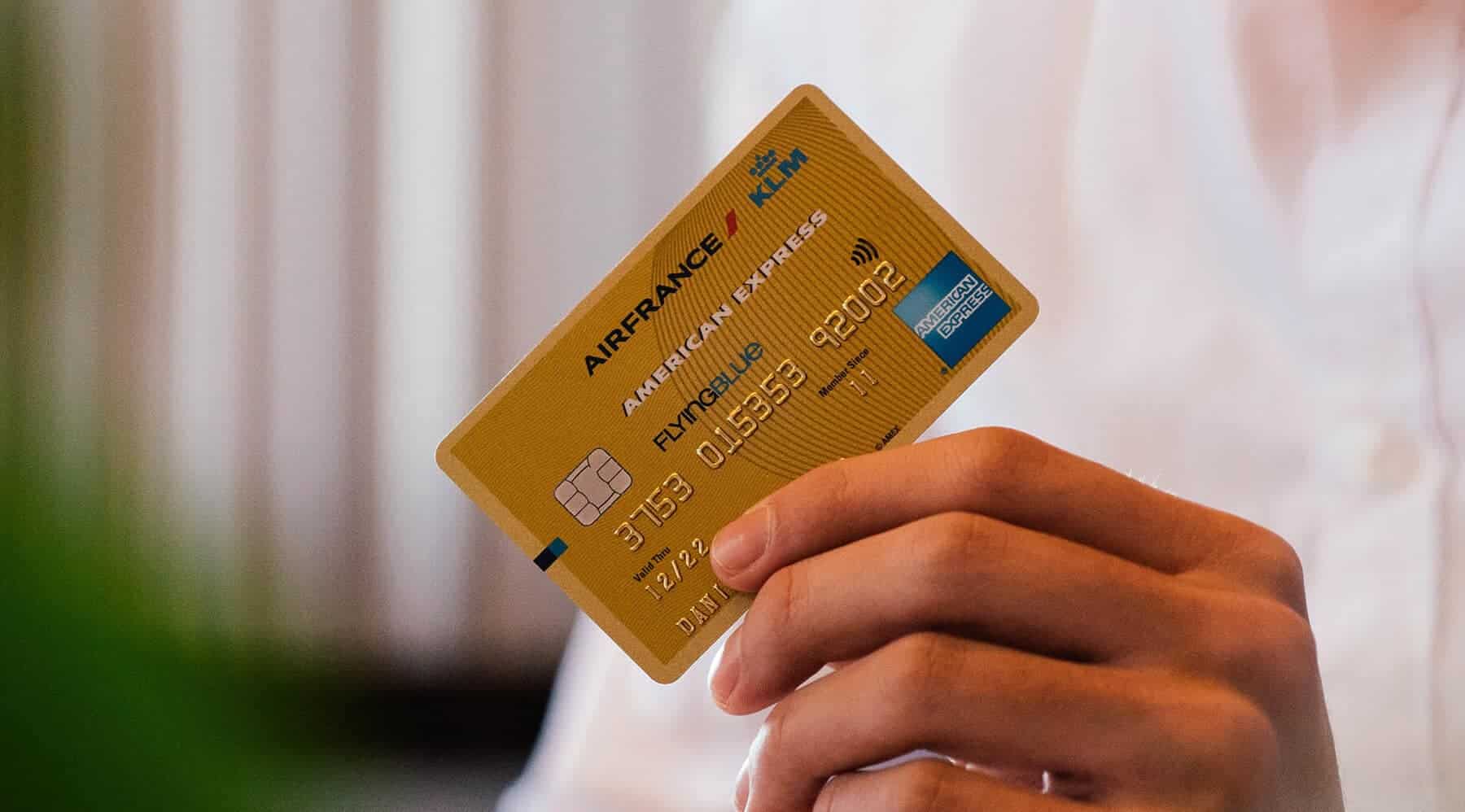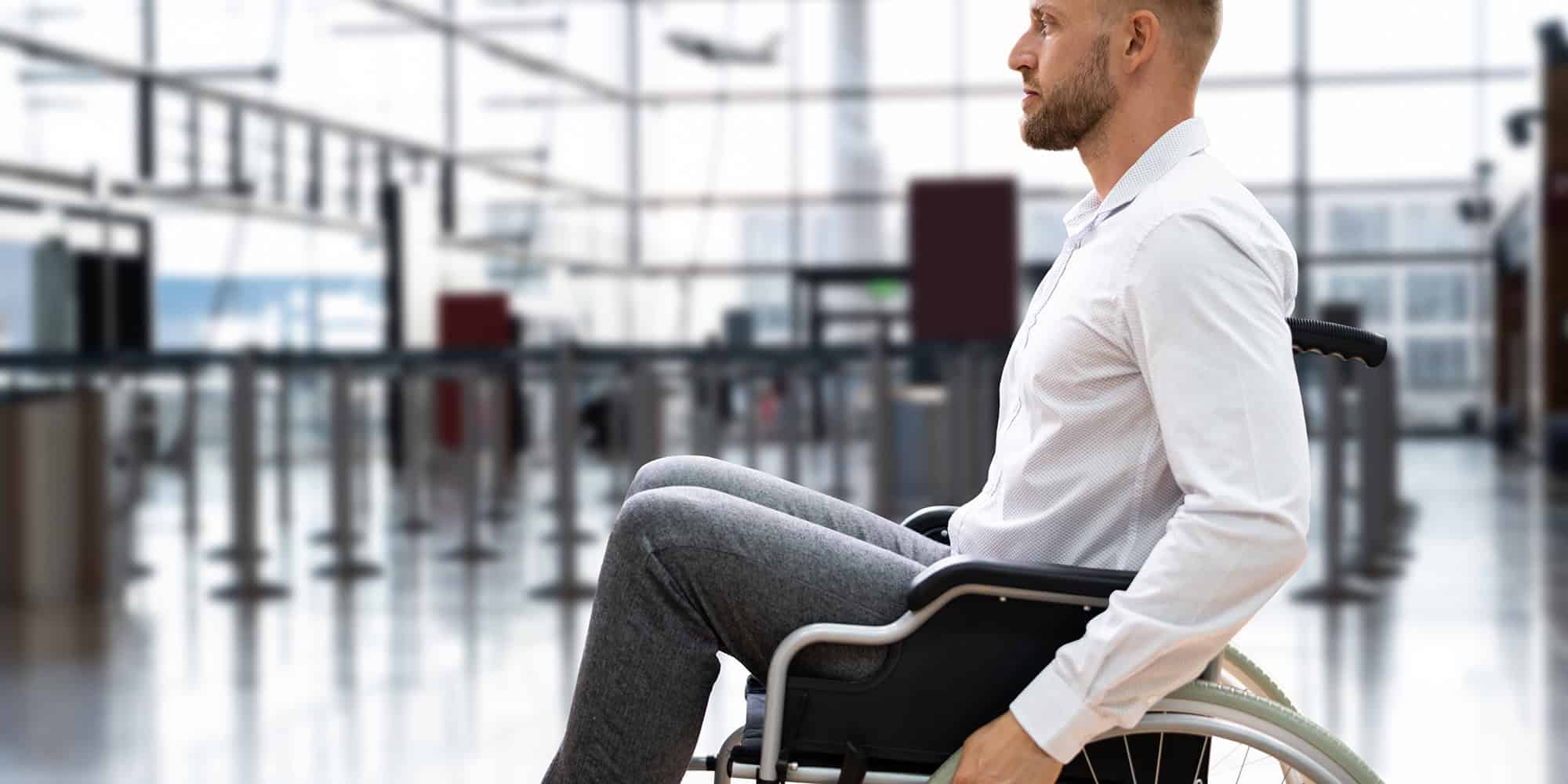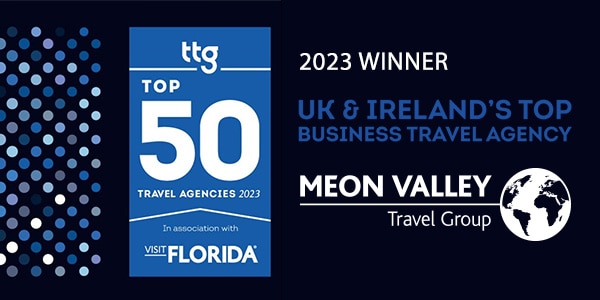The quick answer is that there is no one ‘best’ scheme. However, if you fly for business chances are you are accruing a lot of loyalty points with a range of airlines and need to work out which is the ‘best’ for you. Sometimes you don’t have a choice who you fly with, but if you do, how do you know who you should give your loyalty to?
We’ve compiled our top 5 questions you should ask when considering airline loyalty schemes:

1. Where will I be travelling most of the time?
The best place to start is to identify which of the three major alliances works best for you, SkyTeam, Star Alliance or oneworld.
Arguably, oneworld boasts the most high-profile airlines with members including flag carriers British Airways, American Airlines, Finnair, Qantas and Japan Airlines. The business traveller awards voted oneworld the best alliance for 5 years in a row and it’s not difficult to see why. Their biggest pain point is Africa and some of the Middle East with limited direct flights or connections.
If you fly complex itineraries, you’ll probably want to consider Star Alliance as their network is unrivalled. Virgin has avoided being part of an alliance for years, however, they are very closely linked with Star Alliance following their partnership with United. Other key players in this alliance are Singapore Airlines, Air New Zealand, Lufthansa and Thai. Star Alliance is strong on African routes and would be a good option if that is where the majority of your travel is.
SkyTeam includes airlines such as Delta and Air France/KLM and they have good connections to the Middle East, especially China from their hubs in Paris and Atlanta. China Southern recently left the alliance but China Eastern and China Airlines remain so if you frequently travel to China, it would be worth looking at whether you want to continue to accrue loyalty points within the alliance or not. Most of their airlines are not key players in their market and it is generally considered the weakest of the alliances.
It’s important to consider not just the airlines that are in the alliance, but also the ‘other airline partners’ of those airlines. For example, American Airlines belongs to the oneworld alliance and partners with both Qatar and Etihad, so you can take advantage of their loyalty schemes as well. This is a great option if you travel to both the Middle East and the US.
2. Are the points you accrue based on miles travelled or money spent?
In the past, airline loyalty schemes have typically rewarded customers based on the number of miles they have flown. More recently airlines are starting to reward customers that give them the most revenue and so are adapting their schemes to combine miles flown and fare type. The balance of short-haul/long haul, business class/economy, flexible/non-flexible travel that you do will influence which program is right for you. This article by Travel and Leisure offers a great summary you can use to make this decision (it is a US-based website but halfway down the page there is international airline loyalty schemes).

3. How easily can I spend the points I have earned and what can I spend them on?
So you’ve consolidated your travel, accrued points within one alliance (ideally with one airline predominantly) and then you come to reap your rewards and book a family trip or upgrade your next weekend away… and there’s no availability… anywhere… on any dates! In the UK, British Airways, in particular, has come under a lot of pressure to make more seats available for customers to buy with their points. In 2015 they introduced a new guarantee of four economy seats and two business class seats on every flight. They also created more of a supply and demand model by having both peak and off-peak periods where the points needed to book varied. This has helped ease the availability issue but at peak times of the year (yes school holidays, I’m looking at you) and on popular destinations, it can be very competitive to get redemption seat availability. The availability of the offerings airlines varies greatly. The best tip is to book as early as possible (start looking 364 days before your trip if you really want to use them on a specific destination at a specific time of the year).
Another element to consider is what you can actually spend your points on. Can you use them to make a flight more comfortable with extra legroom, an upgrade or pre-flight lounge access? Or can you use them while you’re on holiday for meals at restaurants, hotel stays or car hire? All the airlines websites will detail what you can spend points on, so make sure you work out what would make a difference to you. A good example is Avios who run the reward programme for British Airways, Iberia, Vueling and Aer Lingus and also partner with major brands such as Tesco, Booking.com and M&S.
4. If I have an issue, how do I get it resolved?
Sometimes things go wrong and how the issue is resolved can determine your long term loyalty to the brand. Some questions you might want answers to are: can you contact them by email, phone or social media? Can you track your correspondence with them? Are there dedicated phone numbers for different tiers?
In terms of social media, Twitter dominates real-time responses and some airlines deliver brilliant service. For example:
KLM – this is the gold standard of customer service via Twitter. The team is available 24/7 and they will let you know how long it will take to reply to you.
Air Asia set up a separate account ‘AskAirAsia’ to answer queries from customers, however, they are only available business hours.
American Airlines uses Twitter to give fun updates and answer customer queries. It’s pretty effective but can get a little busy through the day.
BA offers 24/7 coverage of its Twitter account and replies to customer questions and complaints as well as showing nice images and giving updates.
5. Taxes, fees and charges
When spending your points, will you end up spending so much on fees and charges that it would actually work out cheaper to buy the ticket?
The fees and charges vary between airlines and even between routes so it’s worth doing some research on the airlines you are considering, with specific routes in mind. This is where utilising partnerships, airlines within an alliance or codeshares could be beneficial. For example, Iberia tend to have less fees on their redemption flights than BA but both fly similar transatlantic routes. In this instance, it could be worth transferring your BA Avios to Iberia and booking through them (T&C’s about transferring Avios apply so check them out before doing this). Travelisfree has a great blog post on the ins and outs of transferring Avios if it’s something you’re considering.
Read More:






